From initial development to end service, the economic benefits of Ecoscale always belong to local communities. During the construction phase, it is expected to generate approximately $153 million in annual sales tax revenues for the state of Maryland and $37.7 million in annual property taxes once the site is fully operational. Those are only the start of decades of contributions towards state and local services.
COMMUNITY BENEFITS
INVESTMENT IN LOCAL COMMUNITIES
QUANTUM LOOPHOLE
COMMUNITY MEMBERS,
GOVERNMENT PARTNERS
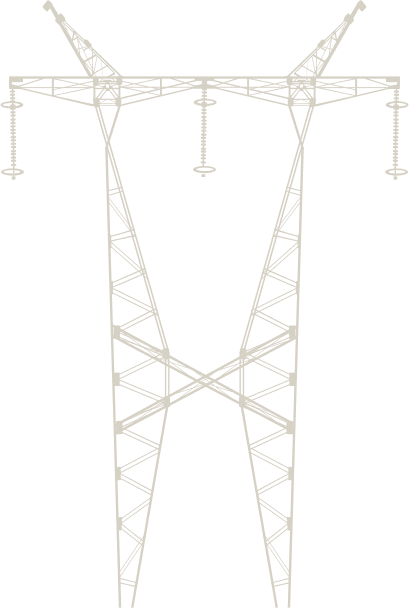
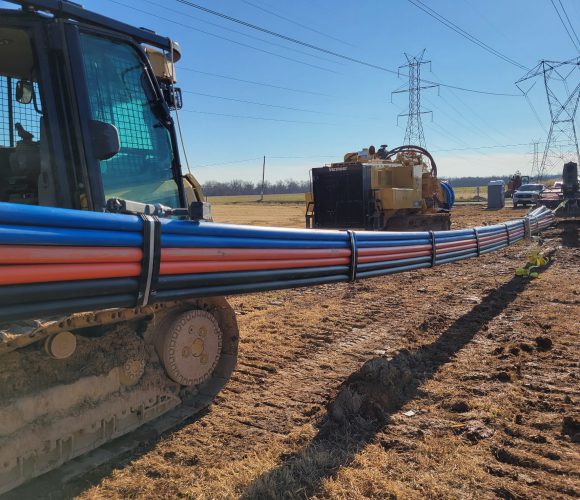
Economic Impact
Education & Scholarships
Improving our shared future means investing in the young people who will build it. Quantum Loophole is partnering with the Community Foundation to disperse $25,000 in scholarships for the 2024-2025 school year and supporting programs from middle school to postgraduate education to get students invested in the future of the Internet.

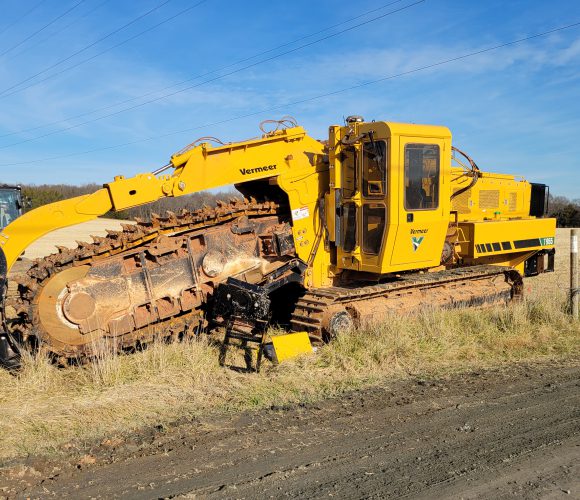
Workforce Development
It takes a community to build the global Internet.
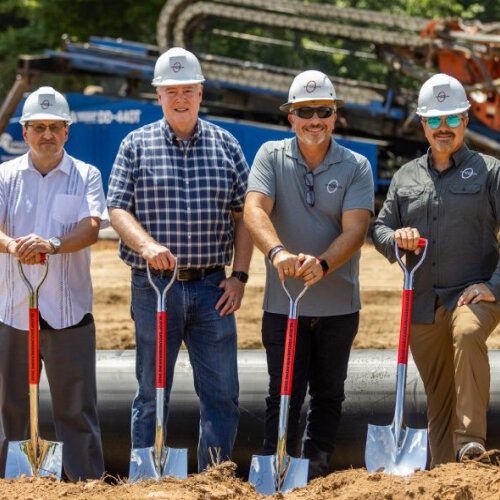
Connecting Communities
QLoop will enable better connectivity and bandwidth access for the community and essential businesses.
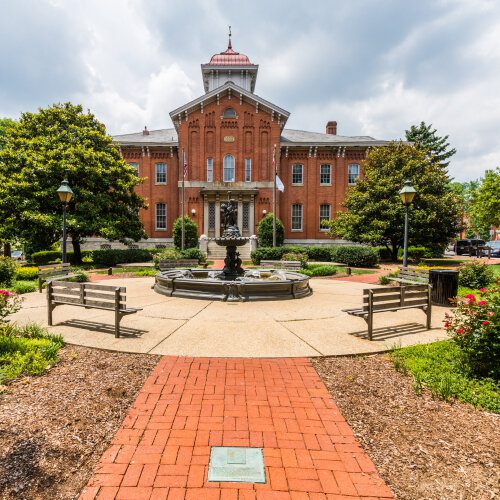
Local Support
Our team is committed to joining the community, participating in and supporting existing community initiatives.

Tech Education
Our youth are the future. We are investing in a range of Middle School to Post Graduate programs to help local students.
